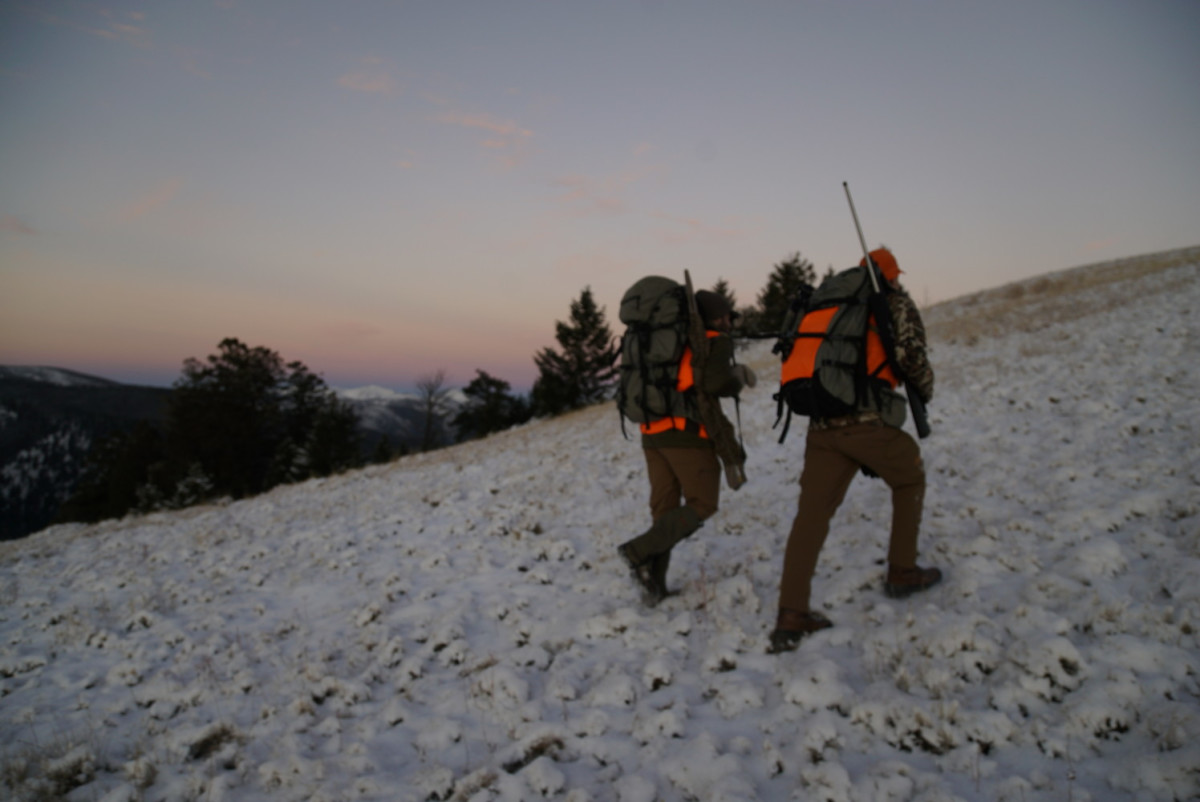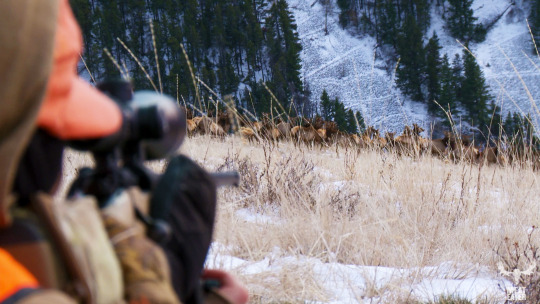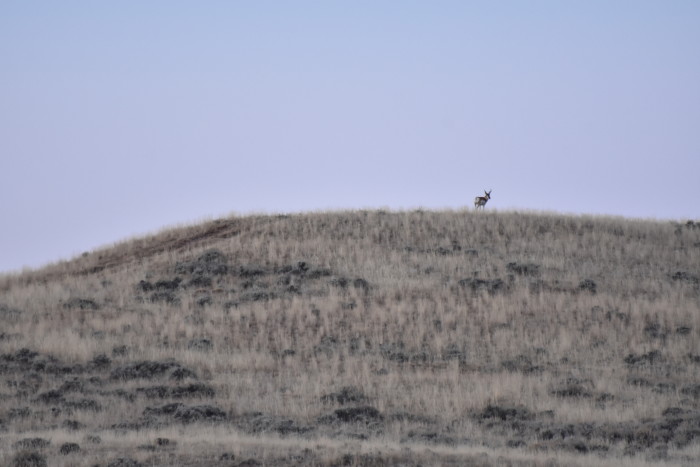
Many hunters who live east of the Mississippi River dream of their first western big game hunt, be it calling to bugling elk in the dark timber, stalking pronghorn antelope across the high plains, or glassing rugged desert canyons for mule deer. But planning such a hunt can be intimidating.
At MeatEater, we get tons of questions from hunters looking for information about first-time, do-it-yourself western hunts. We are happy to provide some basic information about what we consider to be the best bets for people looking to throw down for their first western hunt.
Colorado Elk
With over 250,000 animals, Colorado has more elk by far than any other state. Statewide either-sex archery tags are available over-the-counter. Archery season begins in late August and runs until late September. Colorado also has four separate elk rifle seasons that begin mid-October and end in mid-November.
The second and third rifle seasons offer over-the-counter bull tags valid in most of the state’s game management units. This gives hunters a lot of latitude in choosing a hunting area. Non-resident rifle hunters with a bull tag can also get one cow elk tag.
Public land hunting on federal lands is widely available in the western half of Colorado. The Colorado Rockies’ timbered canyons and vast aspen groves are beautiful but also rugged and steep. Get in shape before you go on an elk hunt here. Don’t forget your fly rod. Elk country is also trout country and Colorado includes a fishing license with non-resident big game tags.
Wyoming Pronghorn
Pronghorn antelope can be found throughout the West but no other state equals Wyoming’s antelope numbers. Wyoming’s archery and rifle seasons for pronghorn antelope are long.
Rifle season alone runs between four and six weeks from mid-September through the end of October. This is a good introductory western hunt, especially for hunters who aren’t in peak physical condition. Those areas that hold strong populations of pronghorns usually offer fairly mild terrain. Hunters who put in a lot of hours behind their binoculars see a lot of animals.
The nice thing about antelope hunting is that because of the open terrain, antelope can be spotted and hunted all day long. Tags are tougher to draw in the western half of the state but hunters willing to do some map research can find great public land hunting opportunities in the central and eastern portions of Wyoming. In many eastern units, hunters can pick up inexpensive leftover antelope and whitetail doe tags. Wyoming’s application deadline for antelope is May 31.
Montana Mule Deer
Montana offers non-residents a deer license that is valid in many of the state’s big game management units. You’ll need to apply for this license by March 15. If you miss the application deadline, there are usually leftover licenses available on a first-come, first-serve basis.
Montana’s mule deer numbers are strong throughout the state. They can be hunted from the state’s western mountains to the eastern badlands on a general deer tag. In much of Montana, mule deer and whitetail deer share some of the same riparian habitats and hunters can shoot either species in many game management units.
Long archery and rifle seasons make planning a Montana hunt fairly easy. And, unlike many western states, Montana’s rifle season runs through late November. This lets you hunt during the rut when the biggest mule deer bucks let their guard down. Non-resident hunters can easily add an elk hunt to their agenda by purchasing an elk-deer combination license.
Montana has some of the best public land hunting opportunities in the West. Between National Forests, BLM land, and state-sponsored Block Management Areas, there is plenty of access to go around.
Nebraska Whitetails
Nebraska usually isn’t on the radar of hunters planning their first trip out west, but it should be. Forget about the flat, sprawling commercial agriculture farms in the eastern half of the state. The terrain and wildlife in western Nebraska is much different than the eastern corn belt country. Rolling plains, remote badlands, and steep, forested canyons dominate the landscape of western Nebraska.
Whitetail deer inhabit all of these environments alongside western big game animals like antelope, elk and even bighorn sheep. Hunters can buy two very affordable buck tags online or over-the-counter for archery, rifle, and muzzleloader seasons. In many areas, whitetail and mule deer habitats overlap and hunters can take either species. Extra whitetail doe tags are inexpensive and readily available.
There is a lot of overlooked public land hunting available for whitetail deer in western Nebraska. Northwestern Nebraska’s state wildlife areas and National Forest lands and the Sandhill region’s National Wildlife Refuges are good starting points. Add-on hunts include wild turkeys, upland birds, and waterfowl.
Southcentral Alaska Black Bears
Many eastern and midwestern hunters have never killed a black bear. Southcentral Alaska is a good bet for those that want to plan their first black bear hunting adventure. Black bear tags here can be purchased over-the-counter.
The Kenai and Chugach Mountains both offer endless public access and extraordinary numbers of black bears. These areas are close enough to Anchorage and other smaller cities that do-it-yourself hunters can drive a rental car to their hunting area and set up camp at a trailhead.
The season begins in late summer when the days are still long and the weather is generally good (at least by Alaska standards.) Just about every drainage leads to good bear country. Hunters who hike up to the alpine slopes above treeline will be able to glass up bears gorging on blueberries, crowberries and cranberries. This diet makes for the finest eating black bear meat there is. Bring your fishing gear to take advantage of the area’s many rivers full of salmon, grayling and dolly varden.
These are just a few examples of the many public land hunting experiences available in the western United States. There are many other do-it-yourself, big game hunting opportunities out there. With a little motivation and planning, eastern hunters can go on their first hunt out west. But be warned, once you’ve got that first western hunt under your belt, you’ll immediately begin planning your next trip.







